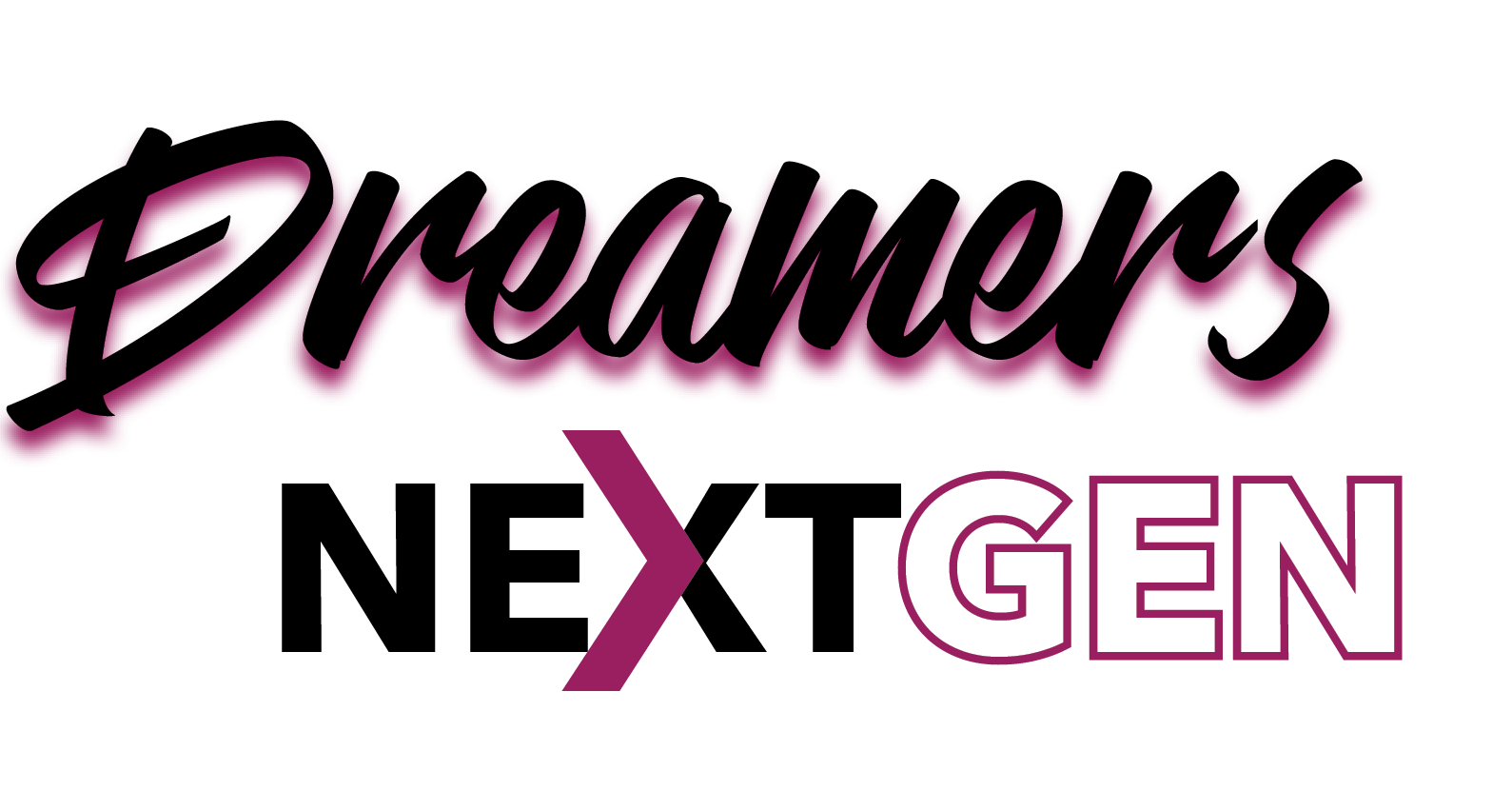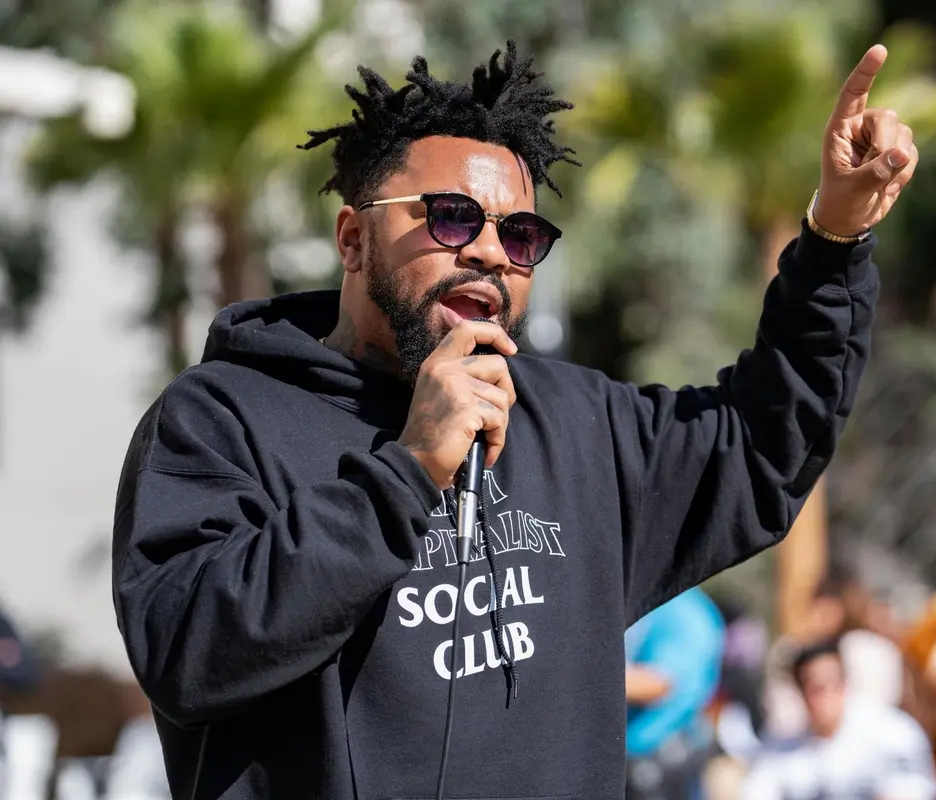Protests and marches for social justice have generally always been led by the youth of America. One of the most significant events of the modern Civil Rights movement was the youth-led Freedom Summer campaign of 1964 in Mississippi.
The 10-week campaign sought to increase Black-voter registration and establish “Freedom Schools” for Black children, teaching them history, civics and other subjects Mississippi public schools avoided.
Flash forward almost 50 years to the summer of 2013 when Phillip Agnew, co-founder of the activist group Dream Defenders, led a month-long sit-in protest at the Florida Capitol building in an effort to overturn the state’s controversial “Stand Your Ground” law.
Though the protest was unsuccessful, that hasn’t stopped Agnew, a graduate of Florida A&M University, from continuing to fight for social justice. His Dream Defenders group assists university students in organizing protests.
Agnew, who returned to Florida A&M University last month to speak at the annual Martin Luther King Jr. Convocation, says revolutions have always been at the hands of the youth.
“When we talk about the place of young people, it’s always at the center and the front. Young people are the most affected and have the most energy,” he said to The Miami Times in December. “That’s what we’re seeing and that’s why it feels so genuine.”
Agnew’s Dream Defenders catapulted to national prominence after George Zimmerman was acquitted in the shooting death of 17-year-old Trayvon Martin in Sanford. Since then, there have been multiple other killings of young unarmed males that have sparked protests led by Agnew, including Israel “Reefa” Hernandez, a Hispanic graffiti artist who died after being shot with a stun gun by Miami Beach police officers, and 18-year-old Michael Brown, who was shot and killed by former Ferguson, Missouri Police Officer Darren Wilson.
“The police have waged war on our communities,” Agnew said in a statement in August 2014. “The lack of justice for [those] who have fallen at the hands of police are proof that racist police departments around the country will continue to use Black and brown bodies for target practice.”
In November, after a grand jury decided not to indict Wilson for Brown’s death, Agnew led a protest in Downtown Miami that landed him in jail. He was arrested for resisting a police officer without violence after he ripped down police caution tape acting as a barrier outside the Richard Gerstein Justice Building.
The arrest didn’t break Agnew. He’s still a fighter for civil rights.


